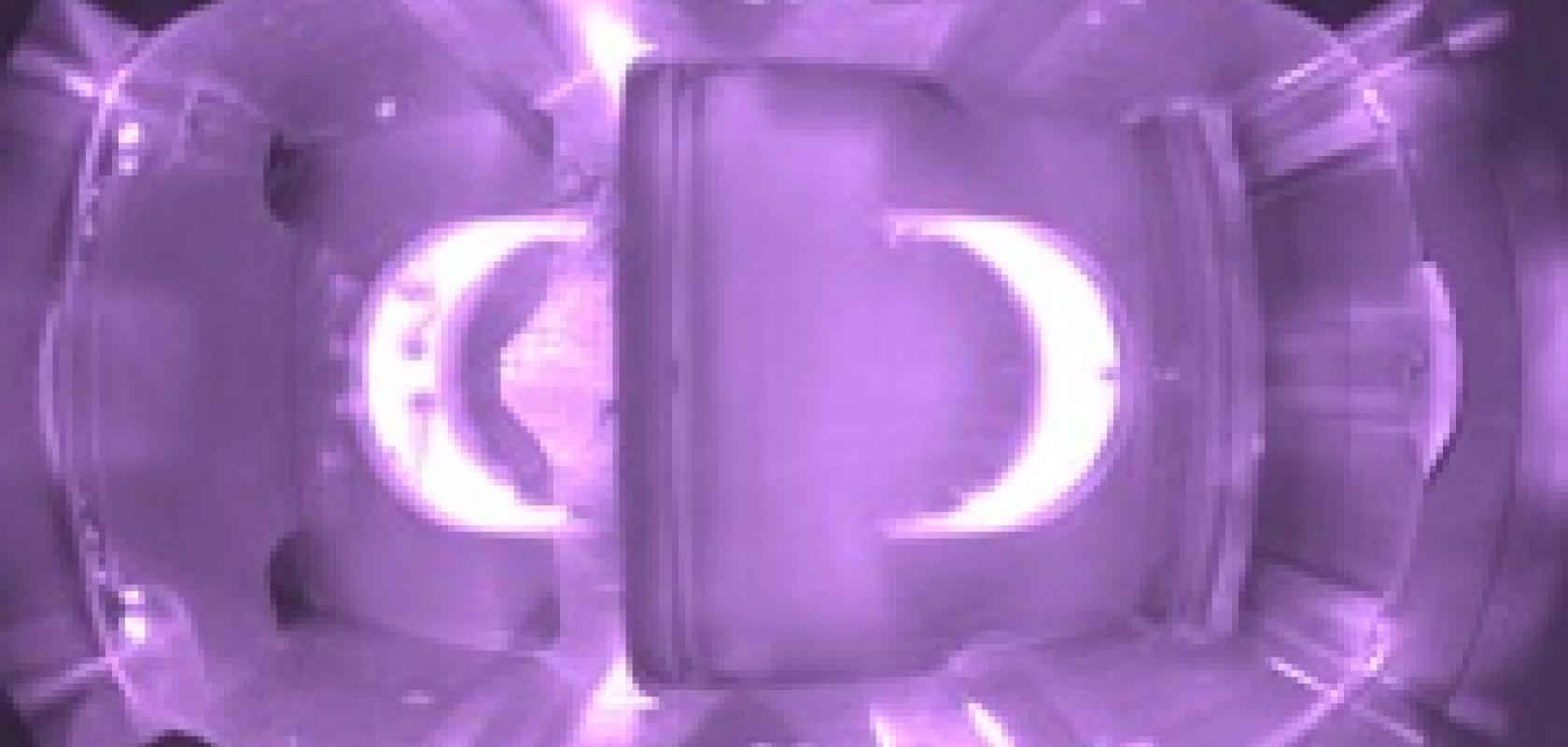Imaging lens technology is being launched into space as part of the biological research project 'Fruit Fly Lab' from NASA's Ames Research Center. The Lab onboard the International Space Station will examine how microgravity and other aspects of the space environment affect fruit flies.
The Fruit Fly Lab will provide long-term housing for fruit flies onboard the station at microgravity and a controlled 1g inside an on-orbit centrifuge. As part of the Lab’s observation and lighting system, a Sunex fisheye lens provides a 180° overview to optimise analytical output from the camera monitoring the flies’ lifetime cycle. The lens has a small form factor and, with an all glass and metal construction, the DSL215 is stable over a range of temperatures. The lenses had to pass a special quality assurance and safety audit to ensure space suitability.
The Fruit Fly Lab was developed at NASA’s Ames Research Center with the German EADS company Airbus Defence and Space performing the hardware development. Coordinating the selection and testing phase, imaging specialist Framos, as a Sunex distributor, provided Airbus Defence and Space with the Sunex DSL215 lens.
Christian Bruderrek, project manager, Life Science Orbital Systems and Space Exploration at Airbus Defence and Space, commented: ‘To gain reliable results and to collaborate with NASA it is extremely important to have reliable products like the Sunex lenses and to work with reliable partners like Framos.’
The project is due to fly into space with SpaceX5 mission scheduled for launch on 1 December.
Further information:


